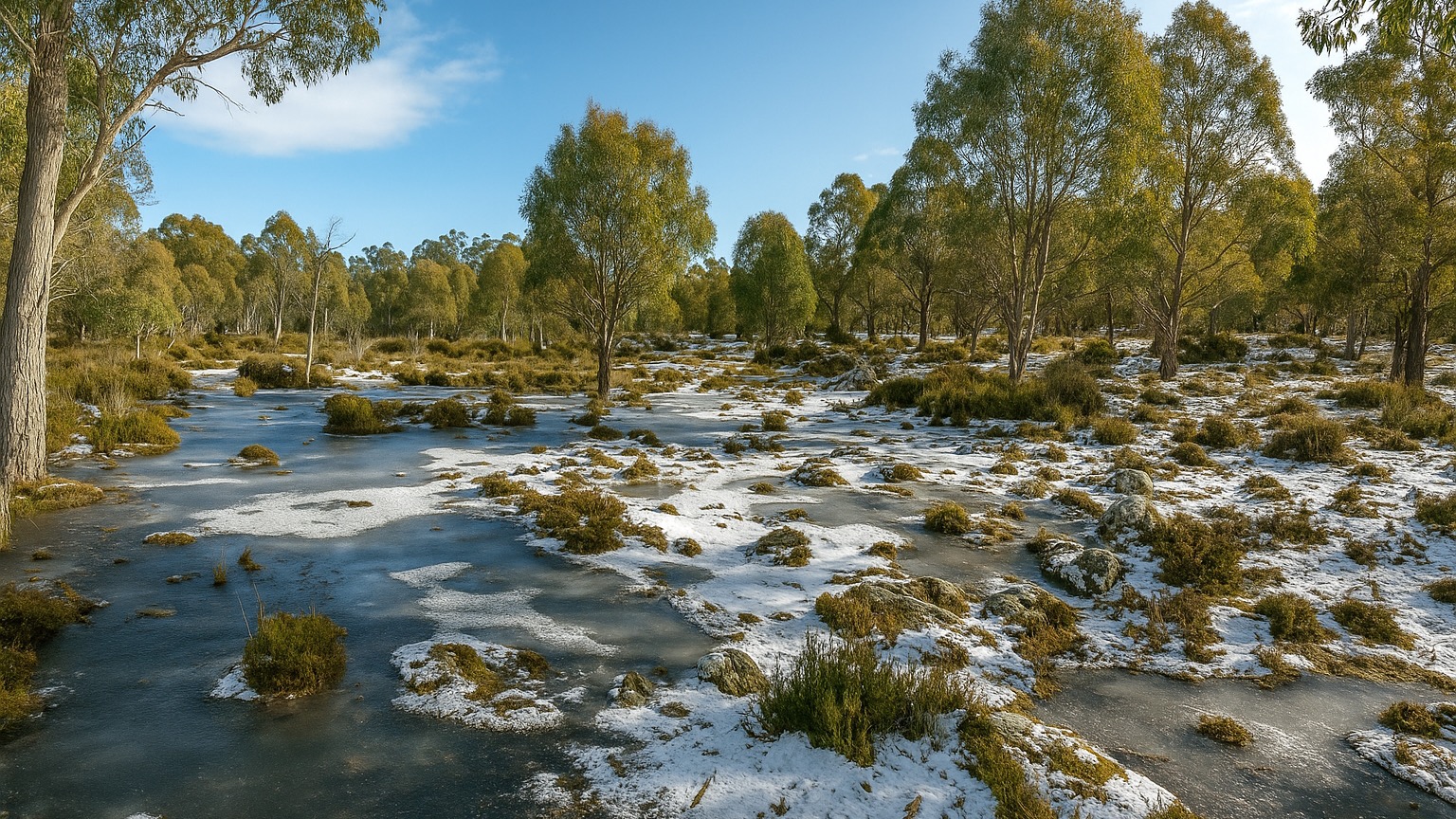Southwest National Park:
Where the road ends and the wild begins
Southwest National Park in Tasmania is one of those rare places where the wild still holds sway. As the largest national park in the state and a cornerstone of the Tasmanian Wilderness World Heritage Area, it spans more than 600,000 hectares of remote, rugged country.
This is a destination that speaks to those looking for true wilderness—uninterrupted, untamed, and unapologetically raw.
Navigating the vastness of Southwest National Park
Access to the park isn’t straightforward—and that’s precisely the point. Most visitors start from Cockle Creek, Australia’s southernmost point reachable by road. Others take the wilder route, flying into Melaleuca on a small aircraft. Either way, the sense of entering somewhere different—somewhere ancient—is immediate. The park doesn’t offer creature comforts. It offers perspective.
Trekking the iconic South Coast and Port Davey Tracks
The South Coast Track is often described as Tasmania’s most demanding long-distance walk. It’s a rough, wet, windy, glorious 85 km of coast, buttongrass plains, and forest. For those with the stamina and the preparation, the reward is solitude and scenery you just don’t get elsewhere. Combine it with the Port Davey Track and it becomes a full wilderness immersion. This isn’t a casual stroll. It’s a genuine expedition.
Discovering Melaleuca and the legacy of Deny King
Melaleuca isn’t a town, and it barely qualifies as a settlement. But it is steeped in history. The late Deny King, a tin miner turned conservationist, lived here for decades and helped bring global attention to the area’s ecological value. Today, conservationists continue his work, particularly in protecting the critically endangered orange-bellied parrot that migrates here to breed each year.
The ecological tapestry: Buttongrass moorlands and rare species
Southwest National Park isn’t all about the views—though they’re spectacular. It’s also a biological haven. Vast buttongrass moorlands and tangled temperate rainforests host creatures found nowhere else. The orange-bellied parrot is just one of them. Many visitors don’t see it, but they leave with a sense that something rare and fragile lives here—and that’s often enough.
Safety and preparation in the Southwest
Heading into Southwest National Park isn’t something to take lightly. This is no Sunday stroll—this is wilderness in its purest form, and that means self-reliance is critical. Weather here changes faster than a politician’s promises, with blue skies turning into wind-lashed storms in less than an hour. Hypothermia is a real risk, even in summer.
Visitors need to be fit, experienced, and well-prepared. That means carrying topographic maps (and knowing how to read them), a GPS or compass, and a Personal Locator Beacon (PLB)—not just a mobile phone, which won’t work once you’re deep into the park. Waterproof gear, layered clothing, and high-calorie food are must-haves. There are no shops, shelters, or resupply points along the major tracks like the South Coast or Port Davey.
Before setting out, check in with Tasmania Parks and Wildlife for track conditions and fire alerts. Let someone know your plans and estimated return date. And don’t push on if the conditions deteriorate. The park will still be there tomorrow.
This place offers deep rewards—but only to those who come in with respect and readiness. It’s beautiful, yes. But it’s also wild, and it doesn’t make exceptions.
In closing
There’s no better place to understand what “wild” really means. It demands effort. It offers nothing on a platter. But it gives back something far richer: silence, space, and time. For those willing to meet it on its own terms, Southwest National Park is unforgettable.
Practical Information
- Access points: Cockle Creek (southernmost road access), Melaleuca (light aircraft or boat only)
- Permits: A valid Tasmanian Parks Pass is required
- Best time to visit: December to February (summer) for the most stable weather
- Accommodation: No formal accommodation – primitive campsites only
- Dress code / gear: Full hiking kit including waterproofs, maps, PLB, and emergency supplies
- Safety: No mobile coverage, rapidly changing weather, remote rescue access – for experienced bushwalkers only



Leave A Comment